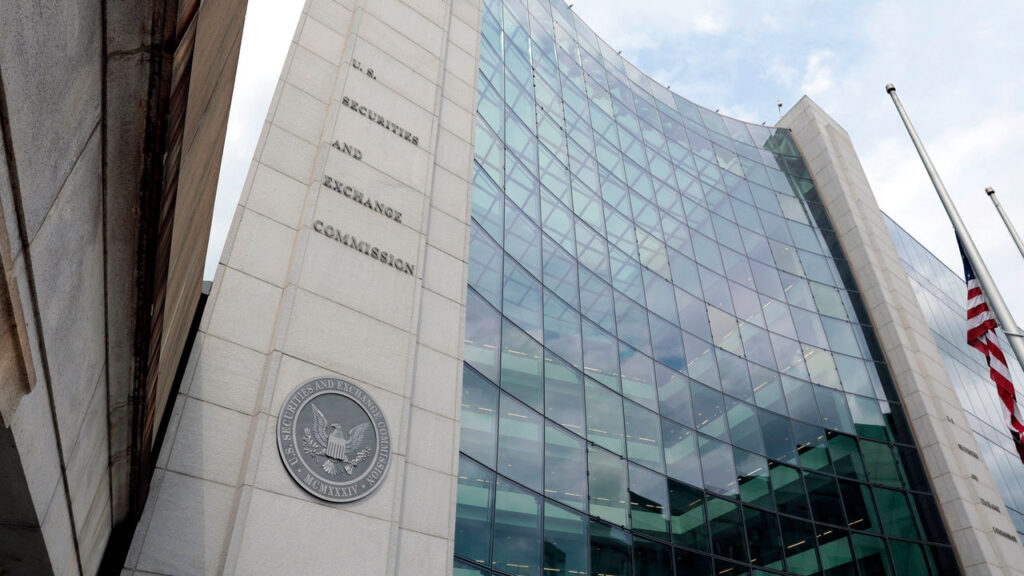After an election, the financial landscape in the United States undergoes a phenomenon often referred to as the “regulatory pendulum.” This term encapsulates the inherent shifts in regulatory priorities and philosophies that occur as the newly elected president selects individuals to oversee the myriad of markets, banks, and other financial institutions that constitute the heart of America’s economy. The transition of power not only leads to a change in leadership but also influences the strategic direction and overarching framework within which financial agencies operate.
Historically, the regulatory pendulum has oscillated between periods of stringent oversight and more lenient regulation, contingent on the prevailing political ideologies of the administration in power. However, the transitions observed post-election in recent years have taken on a more pronounced and abrupt character, indicating that we are currently witnessing perhaps the most extreme swings in this regulatory calculus seen to date. The implications of such oscillations extend beyond mere bureaucracy; they can influence everything from lending practices to consumer protections, investment strategies, and systemic risk management.
As a new president assumes office, the selection of appointees for key positions within federal financial regulatory bodies such as the Securities and Exchange Commission (SEC), the Federal Reserve, and the Office of the Comptroller of the Currency (OCC) becomes a critical aspect of shaping the market environment. These appointees are tasked with not only enforcing existing laws but also interpreting and revising regulations to align with the prevailing administration’s economic strategy. For instance, during periods of Democratic leadership, there is often an emphasis on consumer protection and stringent regulation of financial institutions, while Republican administrations tend to advocate for deregulation, aiming to stimulate economic growth through market freedoms.
This dichotomy in governance presents a significant challenge for financial institutions, which must navigate an unpredictable landscape that can shift dramatically with the election cycle. Market participants often find themselves in a state of uncertainty, as the rules of engagement can change quite rapidly. For banks and investment firms, this uncertainty complicates long-term planning and can lead to a conservative approach in capital allocation and risk management. Moreover, smaller institutions tend to feel the brunt of these swings more acutely, as compliance with fluctuating regulations can strain resources and impact competitiveness.
Furthermore, the backdrop of an evolving global economy adds layers of complexity to this regulatory pendulum effect. With increased globalization, actions taken by U.S. financial regulators can have far-reaching implications on international markets. Decisions made in American offices rippled across continents, influencing the frameworks and regulations of foreign markets accustomed to American investment and financial practices. This interconnectedness necessitates a careful balance between domestic regulatory desires and the imperatives of maintaining international relationships and ensuring market stability across borders.
In light of recent developments, including significant legislative legislation and public opinion movements towards greater corporate accountability and transparency, the current regulatory pendulum swing feels particularly decisive and robust. Innovations in financial technology, coupled with an enhanced focus on environmental, social, and governance (ESG) criteria, are injecting new priorities into the regulatory discourse. Appointees under the current administration are increasingly tasked with fostering an environment that supports not only economic growth but also equitable access to resources and comprehensive consumer protection.
In conclusion, the regulatory pendulum is a defining characteristic of America’s financial governance, reflecting the philosophical and strategic priorities of its leadership. Today’s pendulum swing, observed through the lens of unprecedented political and social changes, demands a heightened awareness of the evolving landscape that financial institutions navigate. The current period serves as a crucial chapter in the ongoing dialogue around regulation, stability, and accountability within one of the world’s largest economies, signaling shifts that will likely shape the future of American finance for years to come.



